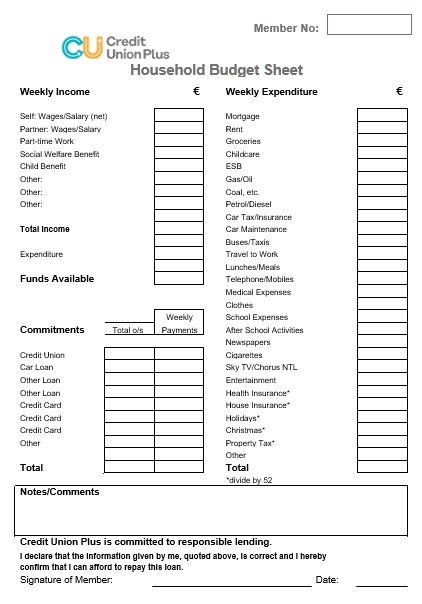
In contrast, the bottom quintile of earners saves -£352 a month. For example, households in the top quintile of income save an average of £1,817 each month. This figure is higher than the median figure due to a small number of households with very high savings rates. The average savings per month UK is £450 per household. That means that 50% of households save less than £180 a month and 50% of households save more. Now that you've spent money on living expenses, what do you do with any leftover money? Save! The typical UK household saves roughly £180 per month-this represents the median amount saved each month. For more details, see our related articles Average Annual UK Food Spending and Average Alcohol Spending in the UK. The highest earning households, those with more than £72,000 of annual disposable incomes, now spend around £12,000 on food & drinks each year, with nearly half (44%) of the budget spent dining out. They eat at home more often, spending around 75% of their food & drink budget for consumption at home, with a quarter of the budget spent out of the house. Households with disposable incomes less than £11,000 per year still spend around £3,000 annually on food and alcoholic drinks in total. To gauge a basic minimum for food costs, we can look at the budgets of our poorest households, who are presumably eating as cheaply as they can. Or they could go out to a London hot spot and drop a hundred pounds or more on one dinner. After all, a family could dine on spaghetti with a touch of homemade bolognese, for a low cost meal. While food is, of course, a necessity for life, it’s often considered a fungible category in a household budget. All in, food and drink consume 19% of our total annual budgets, and food prices in the UK are now rising around 10% a year. Eating and drinking out consumes a further £2,437 from our household budgets. Another £513 is spent on alcohol (mostly wine) for consumption at home. We estimate the average UK household now spend £3,800 a year on groceries and non-alcoholic drinks at home. The third largest household budget category is food. Licences, fines and transfers (e.g., stamp duty, road tax)īreakdown of Average UK Transport Costs Average UK Food Costs Money transfers and credit (e.g., cash gifts) Personal (e.g., toiletries, jewellery, sunglasses, etc.) Household (e.g., furniture, linens, appliances, etc.) Recreation and culture (e.g., pets, gym fees, TV, etc.) Rent/mortgage & repairs (average overall) Housing (e.g., rent, mortgage interest payments, repairs, etc.) Here's how the average household budget breaks down by category, on a weekly, monthly and annual basis: In fact, 15% of our household budgets goes towards transportation, up to 32% towards rent or mortgage interest payments and 11% to feed ourselves. Where does the typical household budget go? Brits spend the most on transportation, housing and food.

But your housing situation can mean you spend a lot more or less. In 2022 the average UK household budget is around £2,907 a month (£34,886 a year) based on an average of 2.4 people per household, according to our analysis of ONS Family Spending data. If any particular line items jump out at you in this regard, please kindly let us know in the comments and we will try to address the limitations of the ONS data with further explanation, analysis or colour. As a result, you may notice that some figures don't accurately reflect the true cost for a user. Note: The figures in this article come from the Office for National Statistics and reflect average spending across all households, combining households that do and do not spend on a given line item. If you're hoping to make your budget stretch further, read about 10 ways to reduce your monthly expenses. In order to better understand average spending levels across these major categories, and more, we've analyzed data from the latest 2019/20 Living Costs and Food Survey from the Office of National Statistics (ONS)-this is the latest data available that is not significantly impacted by unusual pandemic spending-and ramped these figures up by inflation across each category and subcategory to estimate spending, assuming people maintain the same standard of living.ĭepending on where you live, your stage of life, and your financial circumstances, you may also be spending extra on childcare, college tuition or health care.

On average, we estimated that UK households spend £671 per week (£2,907 a month) to cover living expenses including a roof over our heads, food in our bellies, clothes on our backs, and transport to and from work or school-but costs are higher if you rent or have a mortgage.


 0 kommentar(er)
0 kommentar(er)
